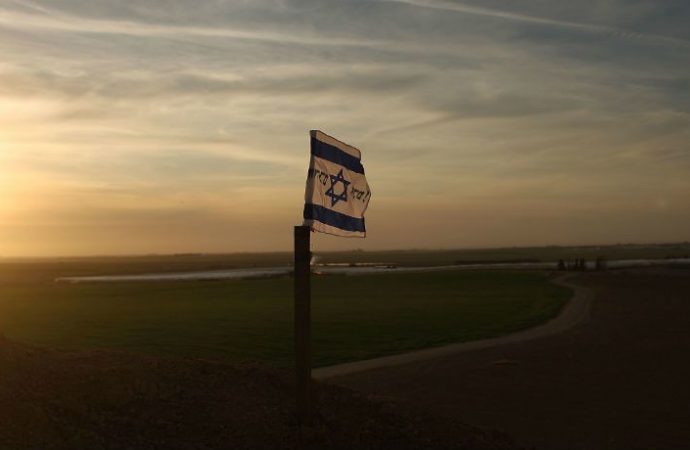A multimedia guide is being created so that viewers will be able to virtually visit the vast underground realms of Beit Lehi, the lost city of Ancient Israel.
An international team of researchers from Israel and the U.S. is using new state of the art technology to help them explore what has been called the lost city of Ancient Israel, located along a site that is situated in central Israel.
According to Al-Monitor, both the Utah Valley University (UVU) and The Hebrew University of Jerusalem are currently working on a multimedia guide that will make use of virtual reality and 3D imaging to assist archaeologists in recreating the splendor that was Beit Lehi, the lost city of Ancient Israel.
Beit Lehi, which is also referred to as Beit Loya, is just a short distance of 23 miles away from Jerusalem and at the basin of the Judean Mountains, among foothills of limestone. Because this particular archaeological site has been cordoned off as a military zone, archaeological work has been exceedingly difficult.
The once great city was in full swing for 2,200 years, from the Iron Age and into the Mamluk period, and eventually disintegrated completely in 1400 AD. At the top of the archaeological site of the lost city of Ancient Israel sits a Byzantine church and a Medieval period mosque, yet below these buildings, a vast realm of underground chambers can be found, which were etched carefully out of limestone. Hidden deep in these chambers, the magic really begins.
In these underground chambers sits a massive columbarium (dovecote), which holds a stunning 1,000 different niches that would have been to house birds, which would have quite possibly been the largest of its kind at the time it was built.
There are also stables, special escape tunnels, and quarries in this lost city of Ancient Israel, and all of these would have been in use from the 3rd to the 2nd centuries BC, extending until the city was lost to time after 1400 AD. A large number of mysterious inscriptions written in Arabic, Hebrew, and Greek have also been discovered in the underground chambers of Beit Lehi.
“This area is untouched by archaeology, but it’s a gold mine,” Hebrew University archaeologist Oren Gutfeld noted. When it comes to the size of this city, Gutfield said that this is anybody’s guess as only 10 to 15 percent of it has even been excavated.
“We don’t have any idea how big it is. That’s the question. People thought it was a small community, but now we know it was a large urban center.”
Archaeologists have also recovered luxurious imported goods at this site, leading Michael Haber of the Israel Antiquities Authority to conclude that these “are not indicative of modest, sleepy villages.”
Once the multimedia guide has been completed, viewers will also be able to do some exploration themselves and gaze at the wonder that was once Beit Lehi, the lost city of Ancient Israel.
Source: Inquisitor

































Leave a Comment
You must be logged in to post a comment.